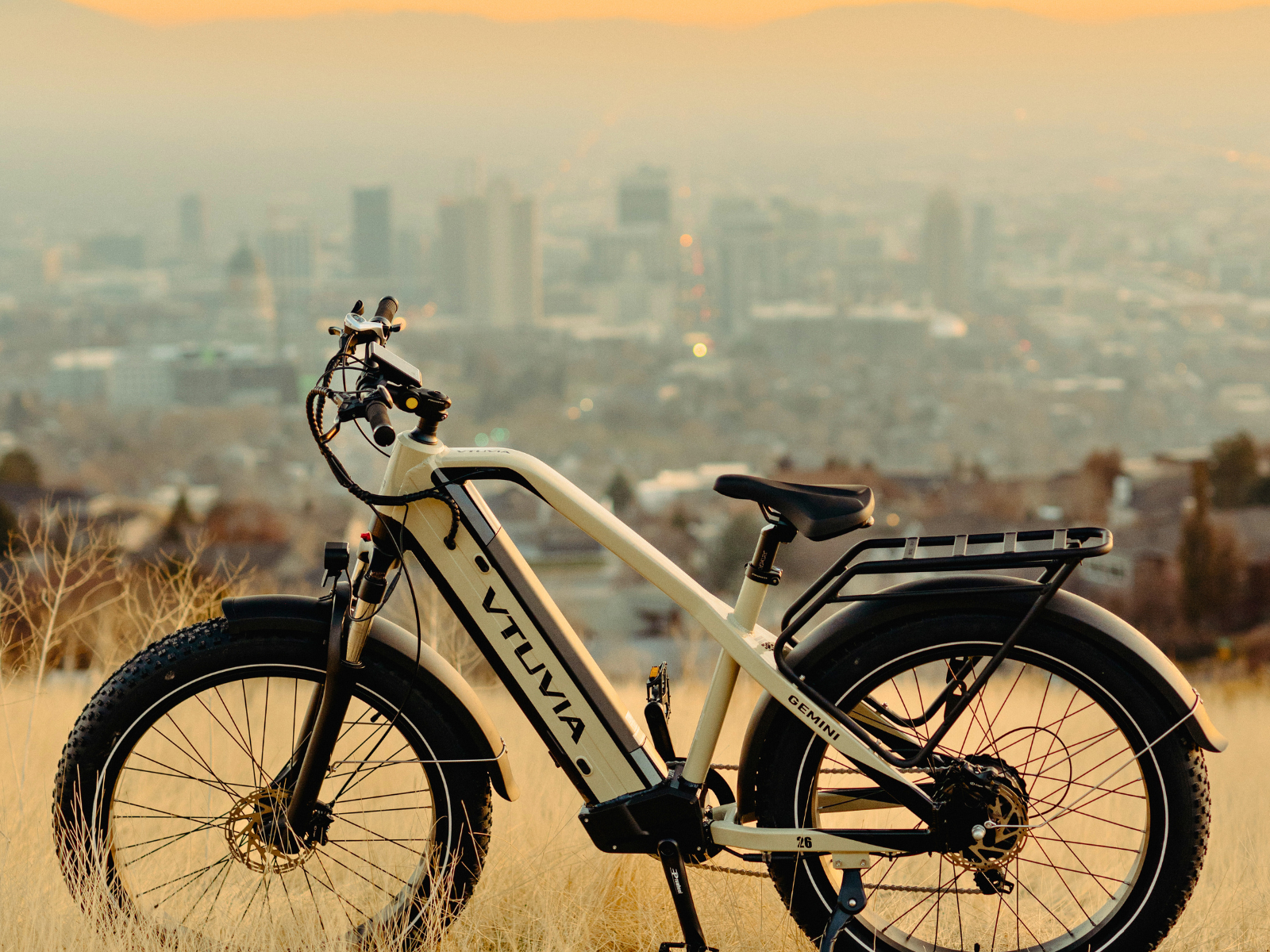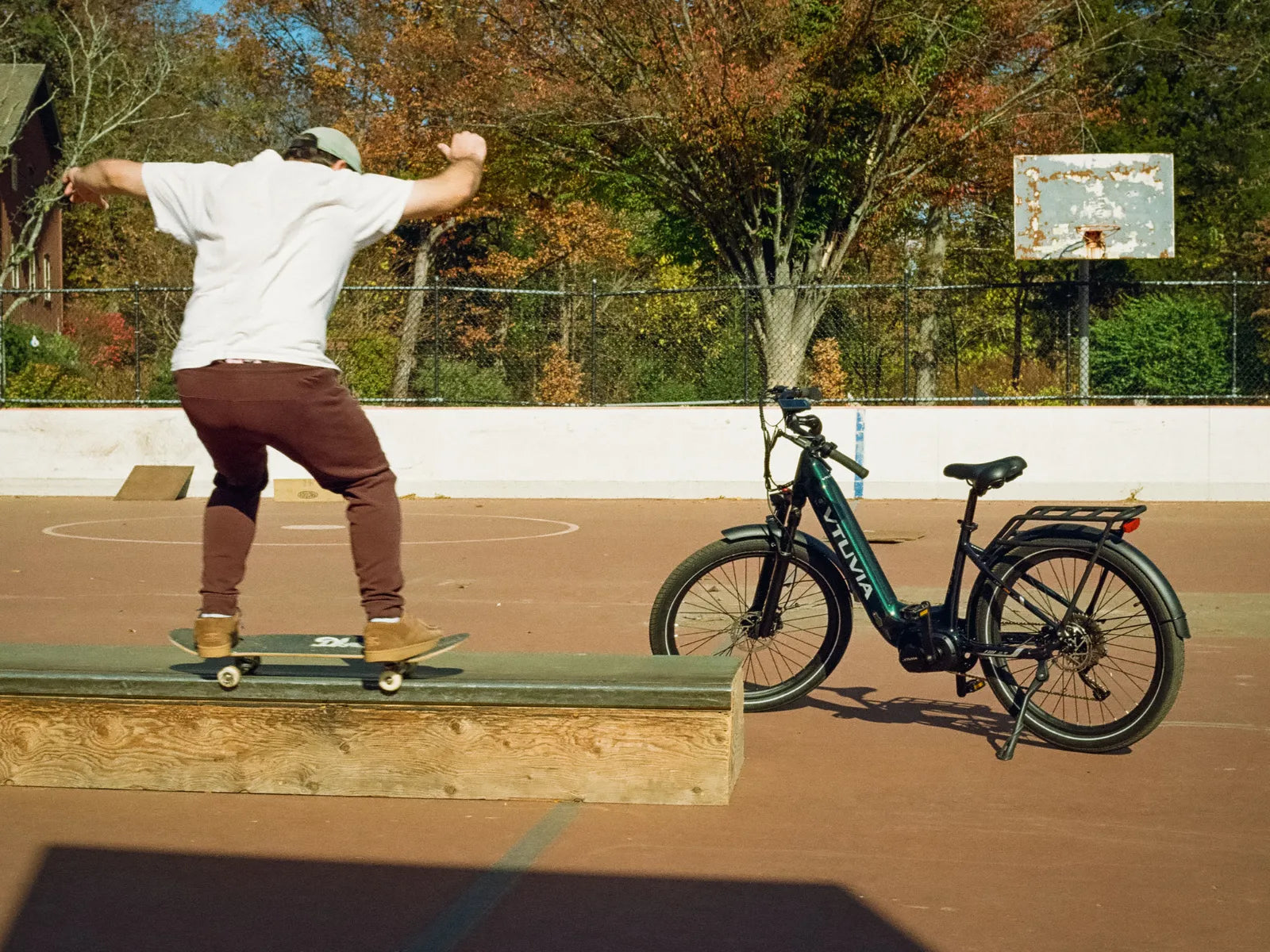When it comes to selecting an e-bike, one of the key considerations is wattage. The wattage of your e-bike motor determines its performance, speed, and the type of terrain it can handle. Whether you're commuting through the city, exploring off-road trails, or tackling steep hills, understanding how much wattage you need for your e-bike is essential for getting the best ride experience.
If you're buying an e-bike for the first time, you might be feeling a bit overwhelmed by the options—should you go for a 250W motor or jump straight into a high-powered 1000W e-bike? A lot of people think that if you're going to buy one, you might as well go for the bigger motor. But here's the thing—bigger isn't always better when it comes to e-bike wattage.
Choosing the right motor power depends on more than just speed or power. Your riding style, the terrain, and even your weight all play a part in figuring out what motor is best for you. Opting for a super powerful e-bike might end up giving you more speed and power than you need, along with unnecessary downsides like faster battery drain and higher speed limits.
In this guide, we'll help you understand how to pick the perfect e-bike wattage based on your specific needs.
What Is Wattage in E-Bikes?
Wattage refers to the power output of an e-bike's motor. It's a measure of the motor's ability to perform work, essentially telling you how powerful the motor is. The higher the wattage, the more power the motor can generate, resulting in faster speeds, easier hill climbs, and the ability to carry heavier loads.
For context, here's a simple breakdown of how wattage affects performance:
- 250W motor: Entry-level, ideal for flat roads and light riders.
- 500W motor: Offers a balance of power for more versatile riding, including moderate hills.
- 750W motor: More powerful, good for steeper inclines and heavier riders.
- 1000W motor and above: High-performance, designed for off-road, heavy-duty, and faster riding on challenging terrains.
Factors That Influence the Wattage You Need
-
Riding Terrain The type of terrain you plan to ride on plays a significant role in determining the ideal wattage. If you mainly ride on flat terrain or urban streets, a lower wattage (250W to 500W) will be sufficient. However, if you're tackling steep hills or off-road trails, you'll need more power—typically 750W to 1000W or even higher for the best performance.
- Flat Roads: 250W-500W motor
- Hilly Terrain: 500W-750W motor
- Off-Road & Steep Hills: 750W-1000W+ motor
-
Rider Weight Your weight impacts how much power you need from your e-bike. Heavier riders require more wattage to maintain speed and climb hills easily. A 250W motor may work well for lighter riders on flat terrain, but heavier riders might need a 500W or 750W motor for better support and performance.
- Light Riders (under 150 lbs): 250W-500W
- Average Riders (150-250 lbs): 500W-750W
- Heavy Riders (over 250 lbs): 750W+
-
Desired Speed If you want to reach higher speeds, you'll need a more powerful motor. While legal speed limits vary by location, a motor with at least 750W will help you get up to speeds of 20-28 mph (32-45 km/h) more easily. Keep in mind that exceeding local speed limits may require additional considerations for legal use.
-
Battery Range A more powerful motor typically consumes more battery power, which means you may get less range compared to lower-wattage bikes. If you're looking to ride long distances, consider balancing wattage with a large battery capacity to maximize range. For instance, a 500W motor paired with a 48V 14Ah battery will provide a good balance of power and distance.
-
Type of E-Bike Different e-bike styles require different motor wattages. Here's a breakdown of what you can expect for various types of e-bikes:
- Commuter E-Bikes: 250W-500W motors are sufficient for daily city commuting, offering a balance of speed and range.
- Mountain E-Bikes: 500W-750W motors are ideal for climbing hills and navigating rough terrain.
- Cargo E-Bikes: These bikes often need 750W+ motors to support extra weight and provide enough power for carrying heavy loads.
- Folding E-Bikes: Since folding e-bikes are often smaller and lighter, a 250W-500W motor is typically sufficient for most casual riders.
-
Legal Regulations It's important to be aware of the legal wattage limits in your region. In many areas, e-bike motors are legally restricted to a maximum of 750W (1 horsepower). Be sure to check local regulations to ensure you're within the legal limits for motor power. In some countries, e-bike laws limit the power output for street-legal bikes to 250W to 500W, which is sufficient for most commuting and recreational purposes.
How Much Wattage Do You Need?
Ultimately, the wattage you choose will depend on your personal needs and the kind of riding you plan to do. Here's a quick guide to help you make a decision:
- Casual Riders & City Commuters: A 250W to 500W motor will provide enough power for short trips and flat terrain.
- Hilly Terrain or Long Commutes: A 500W to 750W motor will handle inclines and longer distances with ease.
- Off-Road & Adventure Riders: A 750W or 1000W+ motor is the way to go for maximum performance on rugged trails and steep hills.
- Heavy Riders or Cargo Needs: Choose a 750W or higher motor for extra power when carrying weight or tackling tough hills.
If you're ready to explore different e-bike options, check out our range of VTUVIA e-bikes, including models with powerful 500W, 750W, and 1000W motors, perfect for all types of riders and terrains.
500W Mid-drive City Electric Bike:

- ✓ Speed: Class 2
- ✓ Battery range: Up to 80 miles
- ✓ Motor: Mid-drive 500W/ 175Nm
- ✓ Max Load: 300 lbs
- ✓ Type: City Commuter
- ✓ Warranty: 2-Year Warranty
750W Fat Tire Electric Bikes: 👉View All

- ✓ Speed: Class 2
- ✓ Battery range: Up to 70 miles
- ✓ Motor: 750W/Peak 1200W/ 85Nm
- ✓ Max Load: 330 lbs
- ✓ Type: Folding
- ✓ Warranty: 2-Year Warranty

- ✓ Max speed: Class 2
- ✓ Battery range: Up to 70 miles
- ✓ Motor: 750W/ 85Nm
- ✓ Max Load: 400 lbs
- ✓ Type: Step-thru All Terrain
- ✓ Warranty: 2-Year Warranty

- ✓ Speed: Class 2
- ✓ Battery range: Up to 70 miles
- ✓ Motor: 750W/Peak 1200W/ 85Nm
- ✓ Max Load: 400 lbs
- ✓ Type: All Terrain
- ✓ Warranty: 2-Year Warranty
1000W Off-road Adventure Electric Bike:

- ✓ Speed: Class 2
- ✓ Battery range: Up to 90 miles
- ✓ Motor: 1000W/Peak 1500W/ 100Nm
- ✓ Max Load: 400 lbs
- ✓ Type: All Terrain
- ✓ Warranty: 2-Year Warranty
Conclusion
When selecting the right wattage for your e-bike, consider your type of riding, your weight, the terrain, and local regulations. A higher-wattage motor provides more power, speed, and versatility, but it also consumes more battery, so balance your needs accordingly. Whether you're cruising on flat roads, commuting through the city, or exploring mountain trails, there's a perfect e-bike motor for every rider.





Share:
How Fast Can E-bikes Go?
VTUVIA Reindeer 2.0 vs 1.0